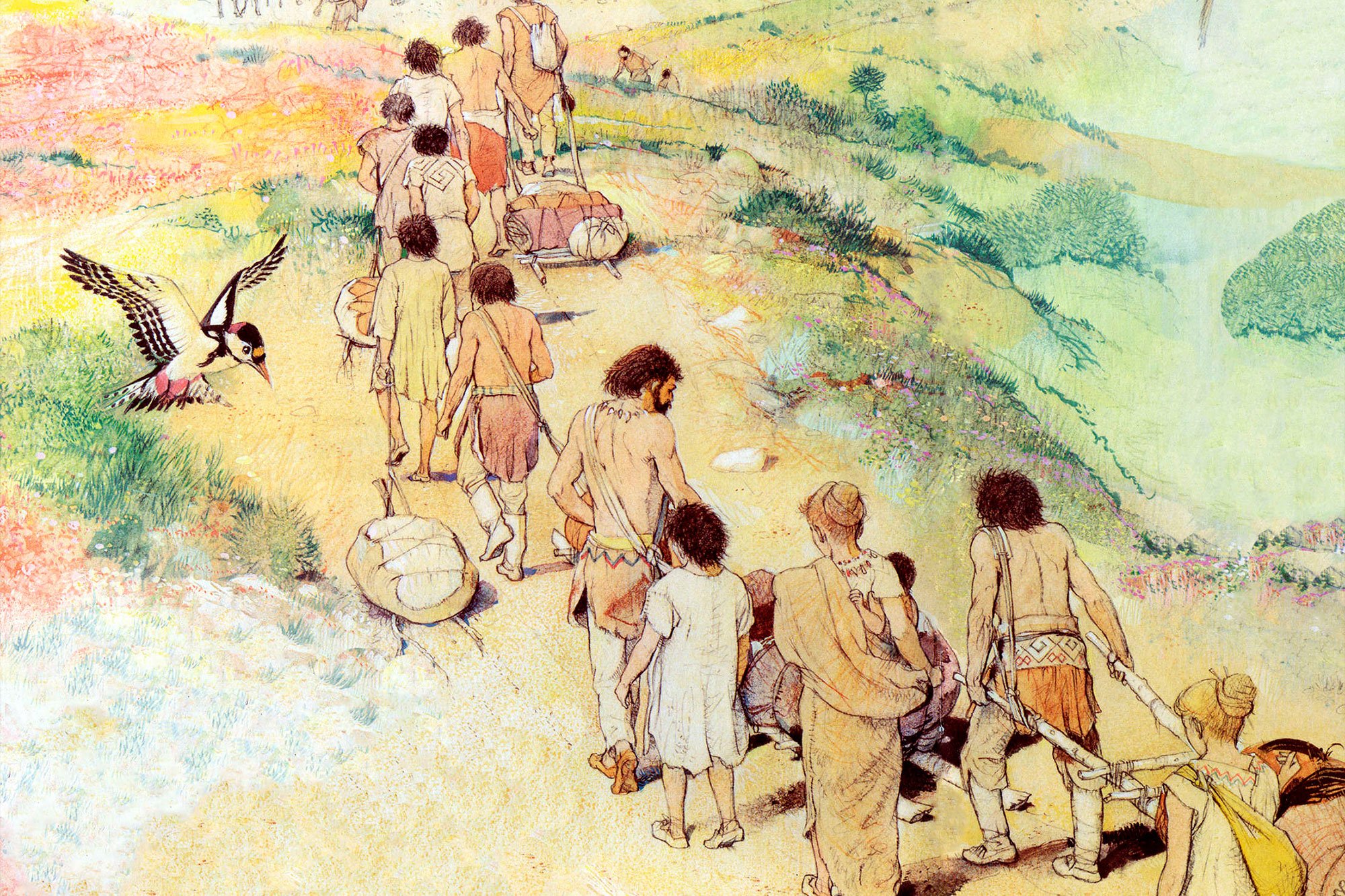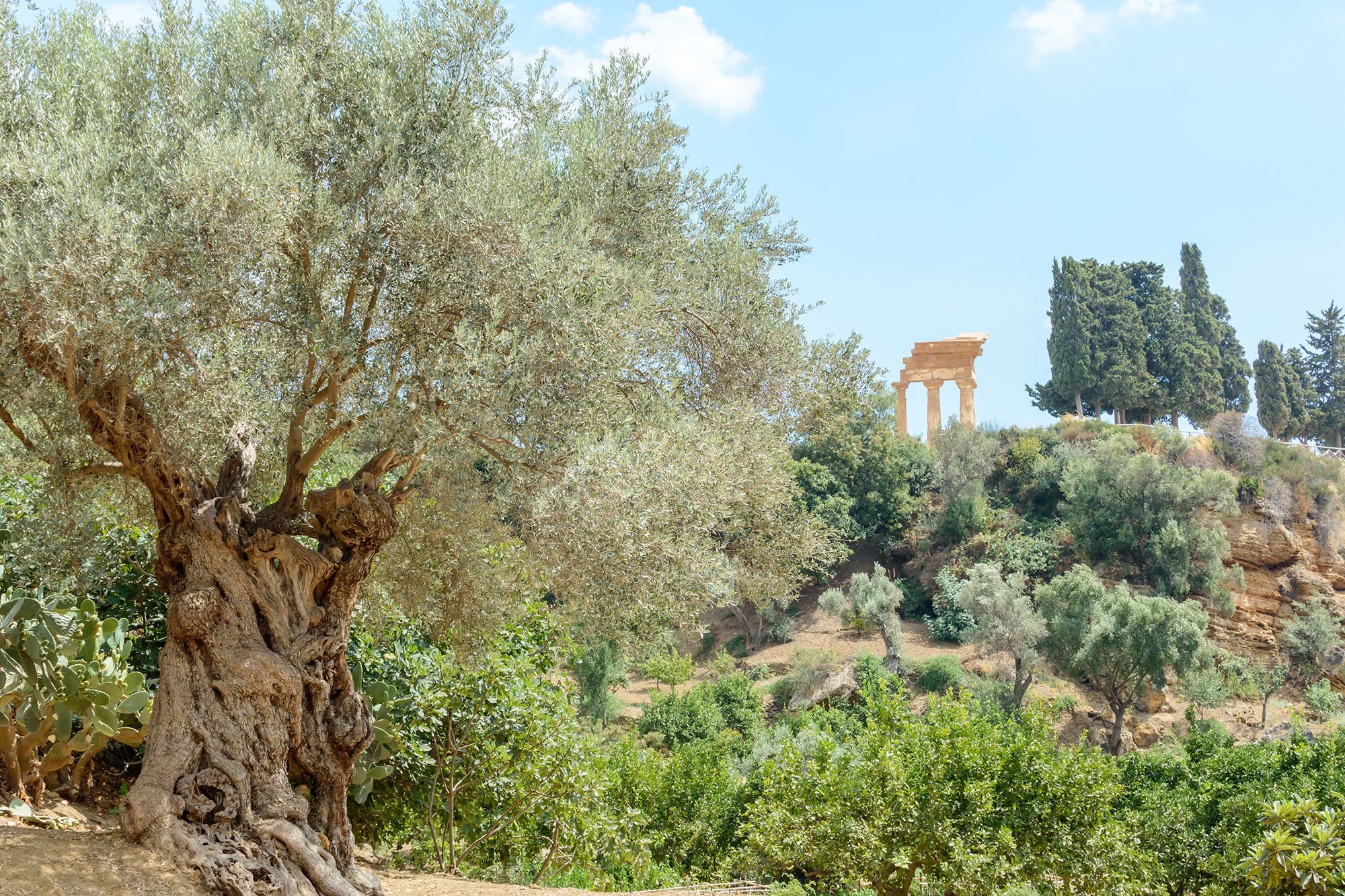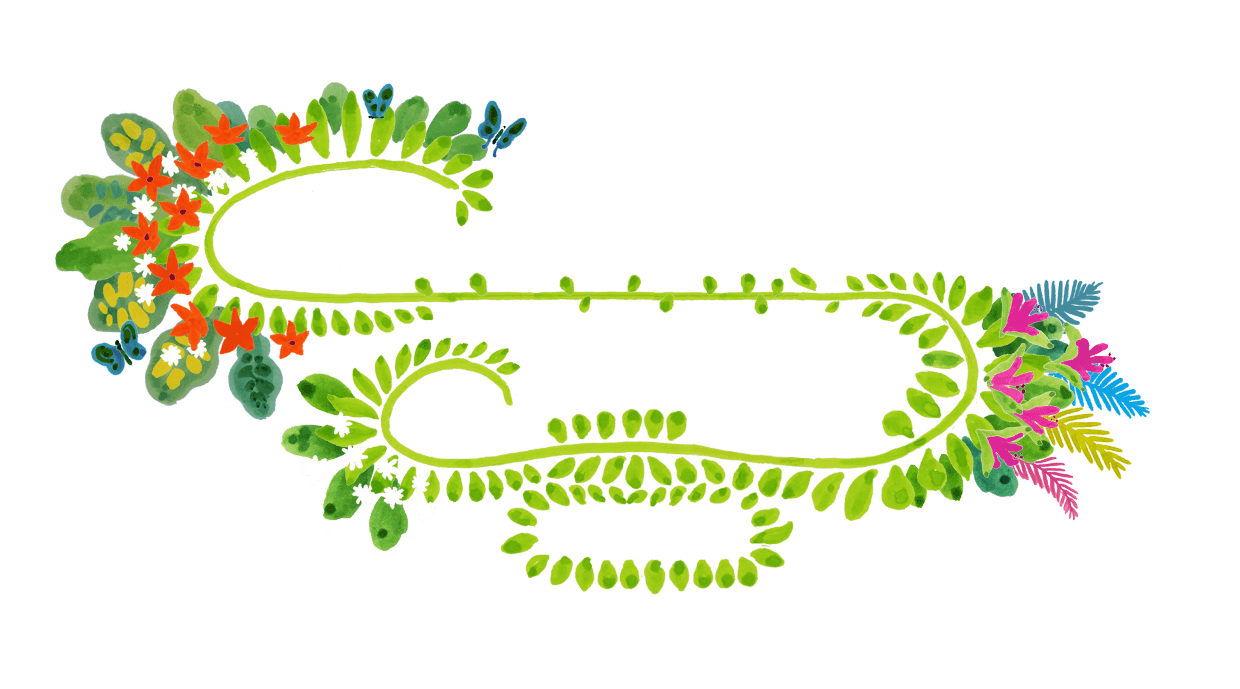
Insight
Hunter gatherer ancestors of Mesolithic Europe
Our hunter gatherer ancestors of Mesolithic Europe (9600 - 4000 BC) lived in a land of diversity, innovation and respect for nature that led to abundance. The Mesolithic tribes managed vast forest gardens across Europe that we might look back on today and think they were untouched wilderness. In reality, many of Europe’s forests were the manifestation of an ancient human and ecological relationship.
After the glaciers retreated, the continent moved from a cold tundra of lichen, mugwort, dwarf willow and sea buckthorn to deciduous forests of hazel, birch, lime, elm and oak.
As the populations of Mesolithic humans expanded rapidly across Europe, they quickly cultivated their most prized crop with them - the hazel.

Hazel was the original ‘Tree of Life’ for Mesolithic Europeans. The nuts are about 60% fat and 20% carbohydrates, and contain a wide range of proteins and vitamins. The branches, tall and flexible but slender enough to cut with a flint axe, were used for tools and firewood. For over five thousand years, hazel was the life giver to nearly all of Europe’s people.
In addition to hazel, Mesolithic people utilised up to 450 different species of edible plants - including many common plants of forest edge habitats like nettle, knotweed, dock and lambs quarters. Fruits like sloe plum, rowan, hawthorn, crabapple, pear, cherry, grape, raspberry, and tubers of aquatic plants were also part of a balanced diet.

They continued to manage their landscape with hand tools, coppice and fire to favour food-producing forest edge trees species and areas of park-like habitat that encouraged wild game.
Europe was actually more a continent of handcrafted nut orchards and semi-wild forest gardens carefully managed for thousands of years, then the perceived wilderness we think of.Forest gardens are a lost art globally and hold so many sustainable solutions to our modern problems. Permaculture design shows 70% of agricultural land could be grown as perennial food forest, producing a surplus of food; in the same way our Mesolithic ancestors seemed to be able to coexist with nature.

Reference Max Paschall: The lost Forest Gardens of Europe. Learn More




